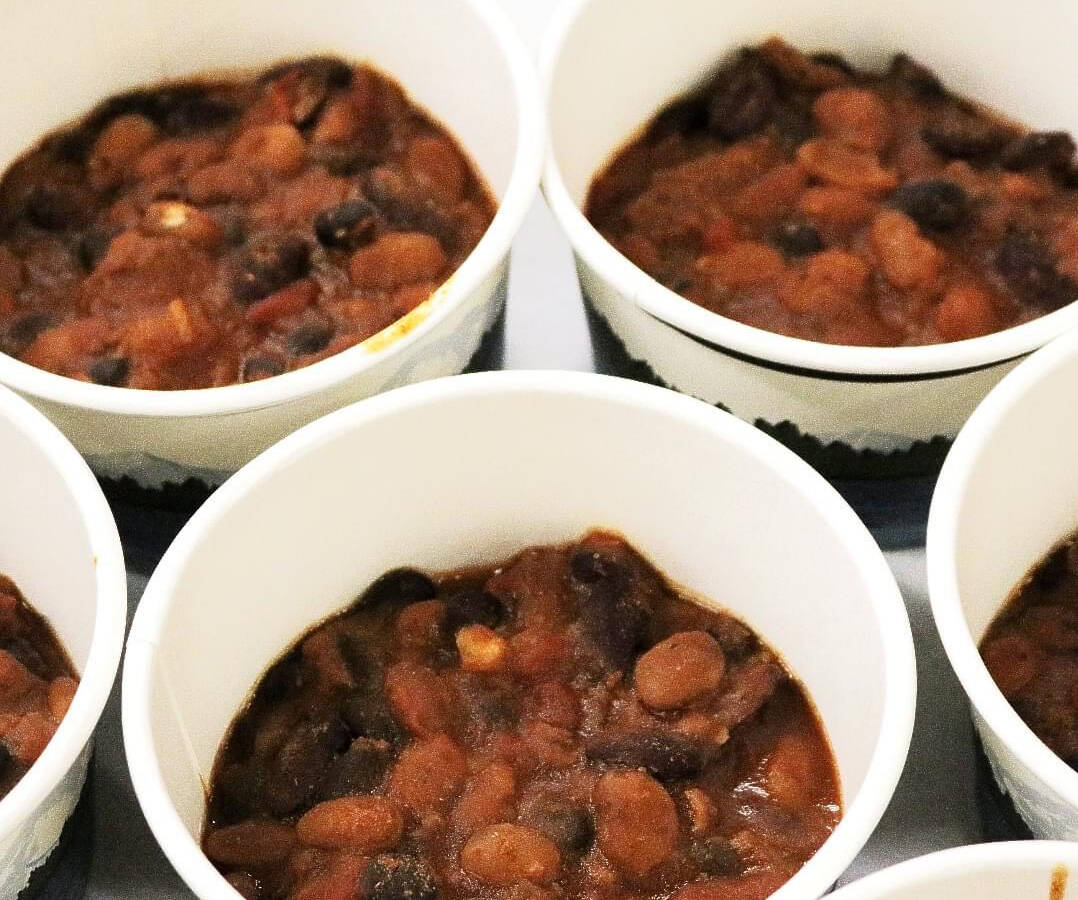As the South Kitsap School District celebrated Taste Washington Day, a nationwide initiative to highlight local agriculture, the importance of serving fresh, foods to students came into sharp focus.
Patricia Barrett, director of Food and Nutrition Services for SKSD, said that these efforts go beyond a single event and are integral to the district’s approach to nutrition and education.
“Washington has a rich agricultural history,” Barrett said. “While the growing season may be limited on the western side, Eastern Washington offers an abundance of produce year-round. By focusing on local foods, we help students understand that their meals don’t just come from the grocery store but from nearby farmers—our neighbors.”
Taste Washington Day, which serves as kickoff for Farm to School Month, allows schools to showcase the bounty of the state’s harvest. It’s done in partnership with the Washington School Nutrition Association and the Office of Superintendent of Public Instruction. Barrett said, “OSPI took that a little further and wrote a grant to try and get more local foods that were more accessible for school districts.”
School districts often face challenges trying to secure local foods due to federal funding restrictions, she added.
“School districts have a lot of mediocrity when it comes to trying to secure local food because it’s federal dollars that we are spending on this food,” she explained. “OPSI and the Child Nutrition Program were able to take some of those barriers away from school districts so they could actually purchase local foods and utilize entitlement dollars, making it easier for districts to have access to something defined as local.”
<!–
googletag.cmd.push(function() { googletag.pubads().setTargeting(‘brand’, [‘PortOrchardIndependent’,’BremertonPatriot’,’CentralKitsapReporter’,’NorthKitsapHerald’,’KingstonCommunityNews’,’KitsapVeteransLife’,’KitsapDailyNews’,’BainbridgeReview’,’KitsapCluster’]).setTargeting(‘pin’, [‘kitsapdailynews.com’]).setTargeting(‘section’,[‘nl-daily’,’news’,’ros’]); googletag.display(‘div-gpt-4’); });
–>
Barrett continued: “They made available everything from grains, lentils, beef, bison, pork, salmon, and a variety of fruits and vegetables. Districts were then able to select items they wanted to use and incorporate into their programs, whether as a regular menu item or something special featured.”
Barrett said for Port Orchard specifically students are able to learn what their state has to offer in new ways. “It’s a joy to see students try new foods they may not encounter in a different setting, like bison chili, which sparked curiosity and conversation.”
Menu planning for Taste Washington Day is a meticulous process, adhering to U.S. Department of Agriculture regulations while ensuring meals are appealing and nutritious. “Under the National School Lunch Program we do have a meal pattern that we have to meet, so there is a certain amount of protein, grains, fruit, vegetables and milk that has to be offered every day,” Barrett said.
“We look at what students like, what ingredients we have, and how to comply with meal pattern requirements. The goal is to create dishes that are both familiar and innovative,” Barrett said.
Despite challenges, such as sourcing enough local ingredients for up to 3,000 meals a day, Barrett explained the importance of building relationships with local farmers. “It’s crucial to connect with the community. We strive to support local agriculture, but many farms lack the capacity to meet our large-scale needs, so we also source from farms in Sumner, Everett and Eastern Washington.”
<!–
googletag.cmd.push(function() { googletag.pubads().setTargeting(‘brand’, [‘PortOrchardIndependent’,’BremertonPatriot’,’CentralKitsapReporter’,’NorthKitsapHerald’,’KingstonCommunityNews’,’KitsapVeteransLife’,’KitsapDailyNews’,’BainbridgeReview’,’KitsapCluster’]).setTargeting(‘pin’, [‘kitsapdailynews.com’]).setTargeting(‘section’,[‘nl-daily’,’news’,’ros’]); googletag.display(‘div-gpt-6’); });
–>
Barrett also expressed that “A lot of the time the community doesn’t even know that schools are doing this kind of work and it’s really about getting information out there and the best way to do that is through strong efforts. Having students, families, and teachers talk about the initiatives that we have in the school all of a sudden brings out farmers that really want to be a part of this. These are opportunities for them to get their product into the hands of the district and onto plates of students “
The commitment to local sourcing is vital for fostering awareness among students regarding where their food comes from. “By tasting local foods, students learn to appreciate the difference in flavor and quality, which influences their eating habits,” Barrett said. “They begin to seek out local produce, whether at grocery stores or restaurants.”
Barrett’s passion for her work is evident, noting, “It’s a dance every day to feed this many kids, but it’s a labor of love. “

